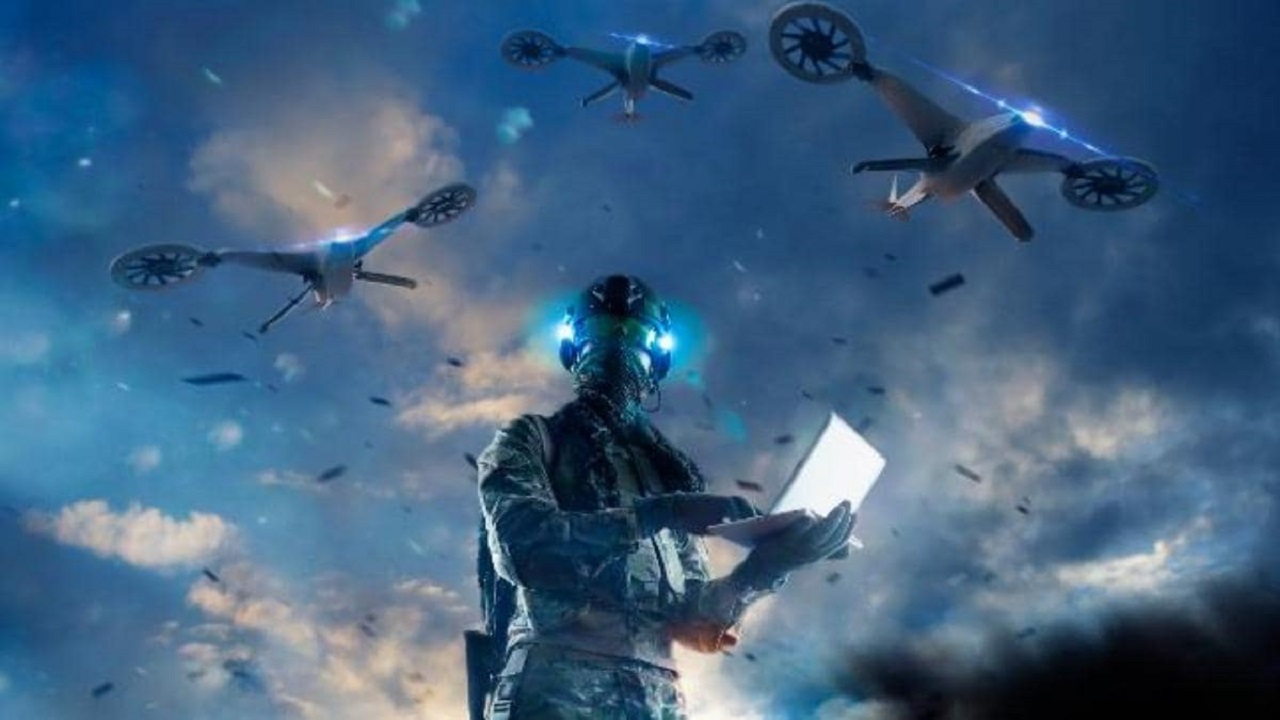Transforming Warfare: Indian Army’s AI Roadmap for 2026–27
Context
Recent developments in global military strategies highlight a growing shift towards the integration of Artificial Intelligence (AI) and related technologies into defence systems. In particular, lessons from Operation Sindoor—a cross-border strike conducted in May 2025 by India—revealed critical gaps in real-time intelligence, decision-making speed, and precision capabilities. These insights prompted the Indian Army to formulate a detailed plan for the adoption of AI, Machine Learning (ML), and Big Data Analytics by 2026–27 to modernise its combat and support systems.
Introduction
The Indian Army has initiated a comprehensive roadmap to integrate AI, ML, and Big Data Analytics into its operational framework by 2026–27. This initiative aims to transform India’s defence preparedness by enhancing battlefield awareness, strategic planning, and logistics management. The roadmap not only targets efficiency and precision but also seeks to minimise human risk and modernise legacy systems through AI-driven solutions.
Key Objectives and Focus Areas
-
Real-Time Surveillance and Decision Support
AI tools will enable instant processing of sensor data, helping commanders make faster and more informed decisions during combat. -
Drone Swarming and Autonomous Combat Systems
Deployment of AI-powered drones for swarming operations and real-time monitoring of enemy movements. -
Combat Simulations for Troop Training
AI-based platforms will create realistic war simulations to enhance training effectiveness and decision-making under pressure. -
Information Warfare and Cyber Defence
AI will assist in detecting misinformation, tracking adversary propaganda, and protecting critical cyber infrastructure. -
Data-Driven Logistics and Maintenance
Use of AI in predictive maintenance, supply chain optimisation, and GPS-denied navigation to improve operational readiness. -
Open-Source Intelligence (OSINT)
Monitoring of public sentiment, social media trends, and adversary activities through AI-driven tools for better strategic insights.
Immediate Priorities
-
Battlefield Awareness Tools
-
Large Language Models (LLMs) for text summarisation
-
Voice-to-text systems and AI chatbots for communication efficiency
-
Facial recognition and anomaly detection algorithms
-
Data fusion platforms to combine drone, satellite, aircraft, and sensor feeds
-
-
Integration with Existing Systems
-
Embedding AI features in General Staff Qualitative Requirements (GSQRs) for all new defence equipment
-
Retrofitting select legacy platforms with AI capabilities
-
-
Institutional and Collaborative Efforts
-
Establishment of a dedicated AI Lab under DGIS
-
Strengthening collaboration with industry and academia to drive innovation
-
-
Formation of AI Task Force
-
Under the Directorate General of Information Systems (DGIS)
-
Focus areas: technology deployment, training, system integration, R&D, procurement
-
Key Benefits of AI in Military Operations
-
Faster Decision-Making
AI enables instant analysis of battlefield data, giving commanders a decision advantage. -
Increased Operational Efficiency
Autonomous systems take over repetitive and dangerous tasks, improving effectiveness with minimal human involvement. -
Enhanced Soldier Safety
AI-enabled systems perform high-risk missions such as mine-clearing, reconnaissance, and casualty evacuation. -
Cost-Effectiveness and Scalability
AI platforms like drones and software tools are generally cheaper and more scalable than conventional military equipment. -
Precision and Reduced Collateral Damage
AI targeting systems can improve strike accuracy and help avoid civilian casualties, if properly trained and validated. -
Strategic Simulation and Deterrence
AI can simulate complex wargaming scenarios, aiding long-term strategic planning and acting as a deterrent.
Major Concerns and Risks
-
Loss of Human Control
Autonomous systems may act without human intervention, risking unintended escalations, especially in nuclear scenarios. -
Cybersecurity Threats
AI systems may be hacked or spoofed, resulting in system failures or hostile use against operators. -
Civilian Harm from AI Errors
Errors due to AI's black-box behaviour can lead to wrongful targeting in complex or urban battlefields. -
Bias and Ethical Misuse
If trained on flawed data, AI may discriminate, misidentify threats, or be misused for domestic repression. -
Arms Race and Strategic Instability
Rapid global militarisation of AI could lead to accidental conflict, lack of transparency, and strategic miscalculation.
Conclusion
The Indian Army’s AI roadmap reflects a significant transformation in its approach to modern warfare. While the integration of AI, ML, and Big Data promises to revolutionise combat capabilities, streamline logistics, and enhance strategic foresight, it also brings with it substantial technological, ethical, and security challenges. The success of this initiative will depend on a balanced strategy that ensures effective deployment, institutional collaboration, and robust safeguards to mitigate the associated risks.

.jpg)


Comments (0)